The sketch below illustrates the refining of aluminium by Hoope's process.
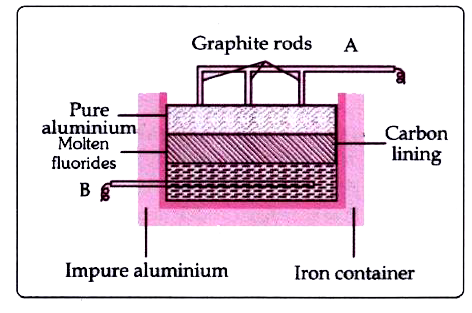
What is the electrolyte in the tank?
Step by step video & image solution for The sketch below illustrates the refining of aluminium by Hoope's process. What is the electrolyte in the tank? by Chemistry experts to help you in doubts & scoring excellent marks in Class 10 exams.
Updated on:21/07/2023Similar Questions
The sketch below illustrates the refining of aluminium by Hoope's process.
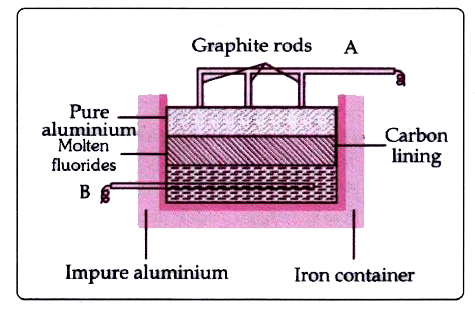
Which of A and B is the cathode and which one is the anode?
View SolutionThe sketch below illustrates the refining of aluminium by Hoope's process.

What material is used for the cathode?
View SolutionAnswer the following questions with respect to the electrolytic process in the extraction of aluminium:
Identify the components of the electrolyte other than pure alumina and the role played by each.
View SolutionIn the electrolytic reduction of pure alumina to pure aluminium - by Hall Herault's process, give the electrolytic reaction involved in the same, resulting in formation of aluminium at the cathode.
View SolutionAnswer the question based on the extraction of aluminium from alumina by Hall Heroult's Process :
What is sprinkled on top of the electrolyte ?
View SolutionAnswer the following questions based on the ectraction of aluminium from alumina by Hall - Heroult's Process.
What is the function of cryolite used along with alumina as the electrolyte.
View SolutionThe following is a sketch of an electrolytic cell used in the extraction of aluminium.
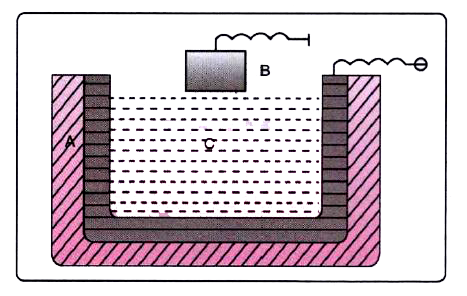
What is the substance of which the electrode A and B are made ?
View SolutionThe following is a sketch of an electrolytic cell used in the extraction of aluminium.
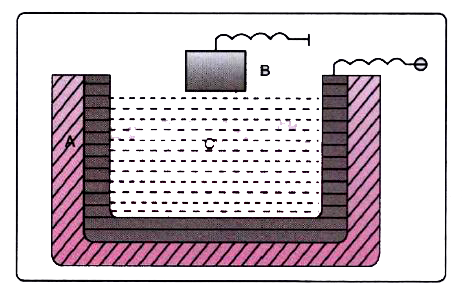
Why is it necessary for electrode B to be continuously replaced ?
View SolutionThe following is a sketch of an electrolytic cell used in the extraction of aluminium.
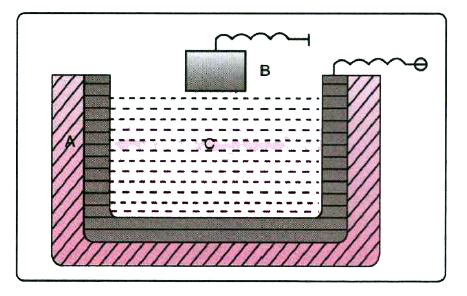
At which electrode (A or B) is the aluminium formed ?
View SolutionDescribe the bulk preparation of dihydrogen by electrolytic method. What is the role of an electrolyte in this process ?
View Solution
